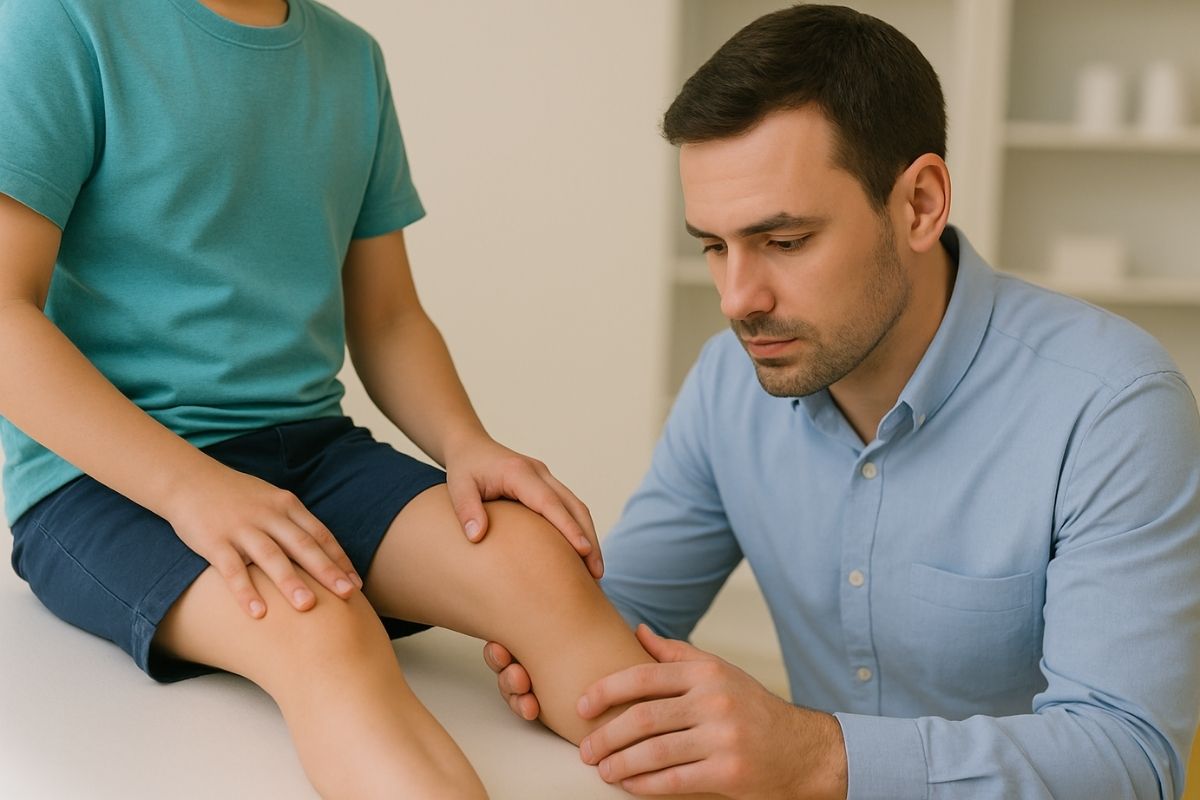What Happens in the Musculoskeletal System in CP?
Cerebral palsy is a non-progressive neurological disorder that affects brain development during pregnancy or the first five years of life. Skeletal musculoskeletal manifestations are characterized by increased muscle spasticity and neuromuscular dysfunction. Over time, this leads to muscle shortness, joint contractures, bone deformities and gait disorders.
Which Orthopedic Interventions May Be Required?
- Botulinum toxin injections
- Soft tissue release surgeries (tenotomy, muscle transfer)
- Reduction of joint dislocations such as hip, pole
- Corrective bone surgeries (osteotomies)
- Growth guidance surgeries (epiphysiodesis/hemiepiphysiodesis)
- Scoliosis surgeries
The timing of these interventions is very important. Botox applications performed before the onset of muscle shortness or small interventions planned at an early age can prevent major surgeries in the future.
With exceptions such as hip dislocation, Botox applications are performed between the ages of 2-5, soft tissue surgeries (tenotomy, muscle transfer) between the ages of 5-8, and bone surgeries are usually performed after the age of 8.
Individuals with cerebral palsy may undergo surgery an average of 3 times during their lifetime and the most common surgeries are muscle relaxation, flat feet surgery and bone rotation surgeries.
Why is a Multidisciplinary Approach Essential?
When orthopedics, neurology, physiotherapist and family act together, the results are much more successful. Each child with CP has a different physical capacity. Therefore, each treatment should be individualized and followed throughout the growth process.



